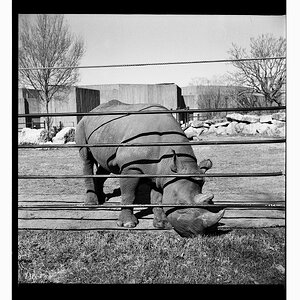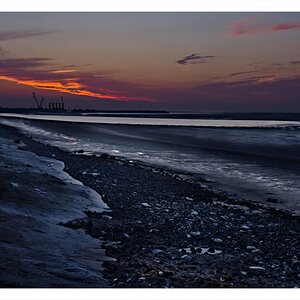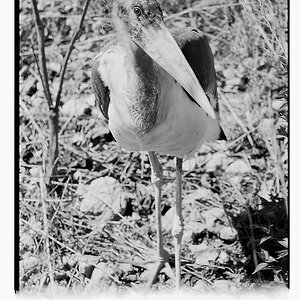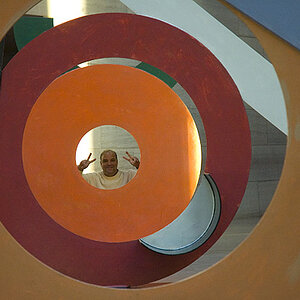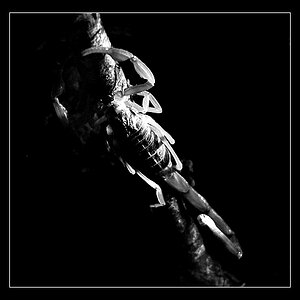domromer
TPF Noob!
- Joined
- Aug 11, 2007
- Messages
- 878
- Reaction score
- 0
- Location
- Eugene, Oregon
- Website
- www.flickr.com
- Can others edit my Photos
- Photos NOT OK to edit
I was flicking through the 2008 photographers market and I was shocked to see how many magazines still just want 35mm slides. Are they that much better?
I thought digital had surpassed film in quality?
Your thoughts?
I thought digital had surpassed film in quality?
Your thoughts?



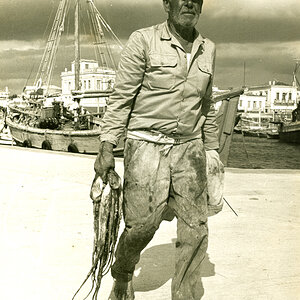
![[No title]](/data/xfmg/thumbnail/34/34146-9d096c80a1d288ea11e1f171a226bc3c.jpg?1619736319)
